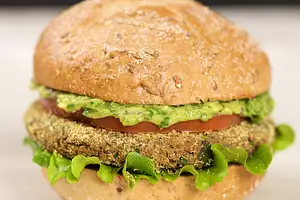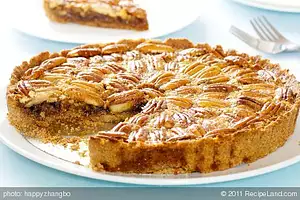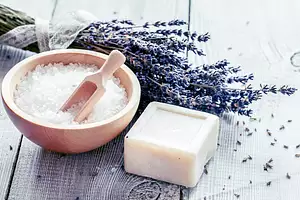Bananas
About the ingredient bananas. Including 1,044 recipes with bananas, nutrition data, photos, and where to find it.

Contents
What are bananas?
Bananas come in a variety of sizes and colors when ripe, including yellow, purple, and red. In popular culture and commerce, "banana" usually refers to soft, sweet "dessert" bananas.
Along with other fruits and vegetables, consumption of bananas is associated with a reduced risk of colorectal cancer and in women, breast cancer and renal cell carcinoma.
Individuals with a latex allergy may experience a reaction to bananas.
Bananas contain considerable amounts of vitamin B6, vitamin C, and potassium. The latter makes them of particular interest to athletes who use them to quickly replenish their electrolytes.
Along with other fruits and vegetables, consumption of bananas is associated with a reduced risk of colorectal cancer and in women, breast cancer and renal cell carcinoma.
Individuals with a latex allergy may experience a reaction to bananas.
Bananas contain considerable amounts of vitamin B6, vitamin C, and potassium. The latter makes them of particular interest to athletes who use them to quickly replenish their electrolytes.
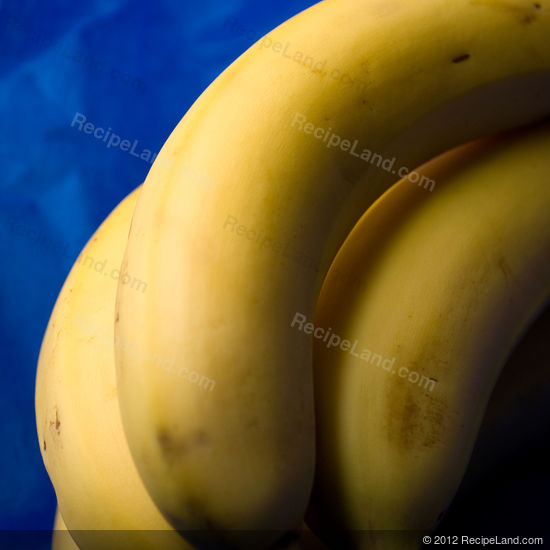
Bananas are seedless fruit grown on a plant that resembles the palm, each plant bearing a single bunch of fruit. To those who enjoy the smooth softness of ripe bananas, it may come as a surprise to learn that this plant is first cousin to the tough, fibrous Manila hemp plant.
Bananas are harvested green and their food value and flavor are the result of carefully controlled conditions and temperatures during ripening.
Originally the banana tree was native to tropical Asia, perhaps lndia, for ancient Greek and Arabian writers have called bananas "the remarkable Indian fruit tree". Judging from the quantity of fresh bananas sold in the US alone, it is clear that they have always been held in high esteem world wide, for their botanical name (Musa sapientum) means fruit of the wise men. But man, wise or foolish, isn't the only creature to find them delectable. A tropical American oriole is so fond of the fruit that it is called the banana bird.
There are some thirty species of bananas, which look and taste quite different from each other. There are red bananas, and greenish bananas, and bananas with a flavor reminiscent of apples and peaches, and some with a more delicate or richer flavor.
The plantain is the best known of these varieties, with a fruit that is larger, less sweet, and starchier than the usual banana. Some bananas are not suited for eating raw, but must be cooked, fried, boiled, or baked to become palatable.
These are often used as a vegetable rather than as a dessert, and can be found in stores in Puerto Rican markets.
Bananas are one of the diet mainstays in the West Indies. Central and tropical South America, the Pacific Islands, and throughout Central Africa.
They sustain life better than other tropical starches, such as arrowroot or tapioca, and when only a small amount of growing space is available, bananas will support more people than wheat. Any house or hut in the banana-eating regions around the world has its own little grove of trees nearby where the fruit grows like weeds. Commercially, bananas are grown on on enormous plantations.
The banana tree itself has has enormously long pointed leaves which usually hang in shreds giving the tree a disheveled appearance.
This ruggedness is one of nature's ways of guarding its own against damage from the elements, causing the leaves to shred rather than to break off under the pressure of tropical storms and torrential rains.
If the leaves broke when beaten by the elements they could no longer fulfill their purpose of sheltering the growing fruit.
Availability
Bananas are available year round with a peak season in March, April, May and June. Main sources are Ecuador, Costa Rica, Panama, Honduras, Guatemala, and other Central and South American countries.
Purchasing Guide
Look for firm, unblemished, plump fruit, irrespective of their size.
Sold now in small bunches, mainly by weight. It is better to buy them by the bunch rather than singly, for single bananas deteriorate more rapidly.
Fully ripe bananas are flecked with brown. These are best for fruit cups, salads, Desserts, beverages, eating out of hand and as an ingredient in baking.
1 pound = 3 medium bananas or about 2 1/4 cups, sliced; or about 1 3/8 cups, mashed.
Storage
For green or slightly green storage at room temperature is best. Let ripen slowly and naturally to the point desired: slightly green for cooking, yellow skin with brown flecks when fully ripe and suitable for eating. Chill only before using.
Room temperature - when green: 5 days
Refrigerate (not below 50 degrees F.) - fully ripe, 3 or 4 days.
Pulp remains flavorful and edible even if peel darkens. Slice fully ripe bananas into bowl. Beat with fork, rotary beater or electric mixer until smooth and creamy. Or whirl in a blender (this makes a more liquid product).
One medium banana makes 1/3 to 1/2 cup of mashed banana.
Freezer after being prepared for freezing: 1 year
Preparation
Peel, then slice directly into food in which it is used ( salad, fruit cup, gelatin, etc.).
To serve plain: peel, slice lengthwise or crosswise, sprinkle immediately with lemon, orange, pineapple, or other fruit juice, or with an acidulated ascorbic-acid mixture to prevent darkening.
Chill in refrigerator for 2 to 3 hours before serving.
To decorate slices: remove peeling completely, brush with fruit juice, score lengthwise using tines of stainless steel fork. Then slice as desired.
To freeze—Mash ripe bananas. Add lemon juice or acidulated water, ascorbic acid or a citric-acid preparation to prevent darkening. (Citric acid preparation is sold in the dietetic department of grocery stores and is used in amounts specified on the package.)
Defrost and use in cooking where mashed bananas are a recipe ingredient.
Nutrition
Nutrition Facts
Serving Size 1 NLEA serving (126g)Where found
Bananas are usually found in the produce section or aisle of the grocery store or supermarket.
Food group
Bananas are a member of the Fruits and Fruit Juices US Department of Agriculture nutritional food group.
How much do bananas weigh?
| Amount | Weight |
|---|---|
| 1 cup, mashed | 225 grams |
| 1 cup, sliced | 150 grams |
| 1 extra small (less than 6" long) | 81 grams |
| 1 small (6" to 6-7/8" long) | 101 grams |
| 1 medium (7" to 7-7/8" long) | 118 grams |
| 1 large (8" to 8-7/8" long) | 136 grams |
| 1 extra large (9" or longer) | 152 grams |
| 1 NLEA serving | 126 grams |
Related
Fruits and Fruit Juices
| In Chinese: | 香蕉 | |
| British (UK) term: | ||
| en français: | bananes | |
| en español: | plátanos |
Recipes using bananas
There are 1044 recipes that contain this ingredient.
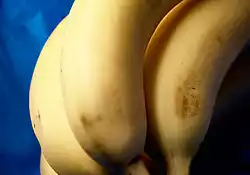
Instant Banana Pudding
Indulge in a heavenly bowl of Instant Banana Pudding with this easy recipe. With layers of crispy cookies, sweet banana slices, fluffy whipped topping, and smooth pudding, this dessert is an absolute delight for your taste buds.
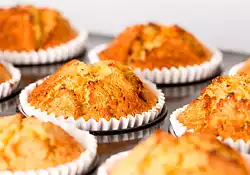
Very P-Nutty Muffins
P-Nutty Muffins recipe
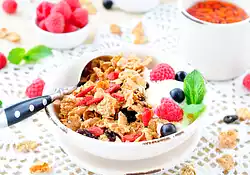
Granola with Fresh Fruit
Nice and convenient breakfast for kids.
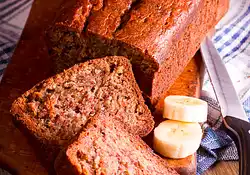
Banana Nut Bread (Quick Bread Mix)
Banana Nut Bread Using Quick Bread Mix recipe

Buttery Blueberry Banana Muffins
Blueberry Banana Muffins recipe
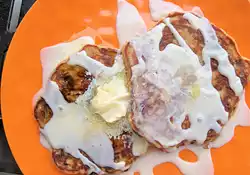
Farmer's Market Pancakes
Beakfast pancake or muffin batter with zucchini, bananas, and raisins.
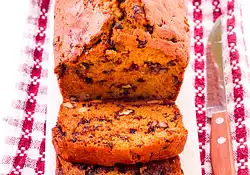
Karen Butler's Banana Bread
Karen Butler's Banana Bread recipe
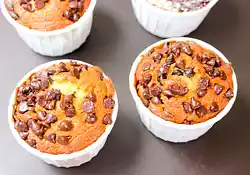
Famyly's Favorite Chocolate Chip Banana Muffins
This is my family's absolute favorite banana muffin. To make an awesome banana bread, pour the prepared batter into a greased 9x13 loaf pan instead of muffin tins and bake for 45-60 minutes at 350 degrees.
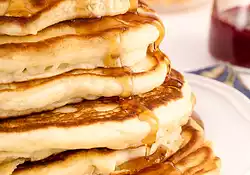
Whole Wheat Buttermilk Pancakes with Banana Cream
Fruity Buttermilk Pancakes recipe
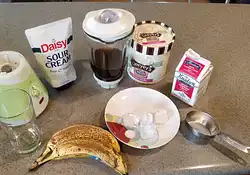
Banana Coffee Breakfast Shake
For those of us who cannot really chew in the morning, but still need some intake with nutritional value and the awakening effect of coffee - a breakfast which helps you and yours to make it through the day. Sour cream and heavy whipping cream instead of milk is handy, as they last longer in the fridge, and for the bananas you can also take those which are already brown.

Almost Whole Wheat Choco Banana Peanut Cookies
Almost Whole Wheat Choco Banana Peanut Cookies recipe

Low-Fat Nilla-Nana Chocolate Chip Muffins
These scrumptious muffins are perfect to enjoy while tanning outside on a hot summer day.
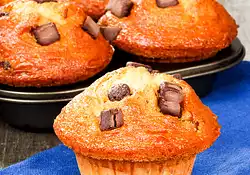
Almost Whole Wheat Chocolate Banana Muffins
Chocolate Banana Muffins recipe

Almost Whole Wheat Chocolate Banana Muffins
Chocolate Banana Muffins recipe
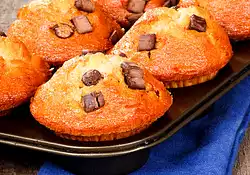
Charles Banana Chocolate Chip Muffins
Charles Banana Chocolate Chip Muffins recipe

Charles Banana Chocolate Chip Muffins
Charles Banana Chocolate Chip Muffins recipe

The Best Banana Bread (Vegan)
The Best Banana Bread (Vegan) recipe
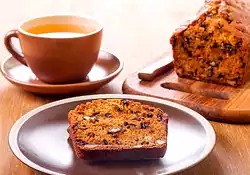
Classic Banana & Chocolate Chip Bread
Full of delicious banana flavor, accented with chocolate.
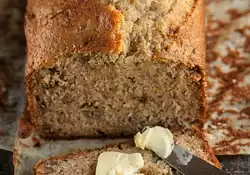
Vanilla Bean Banana Bread
A welcome twist on the classic banana bread recipe. It incorporates the rich, aromatic flavor of vanilla beans to elevate the taste of the moist and tender banana bread. The vanilla bean adds a depth of flavor and a subtle sweetness that perfectly complements the natural sweetness of the ripe bananas.
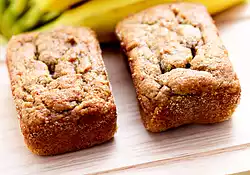
Smith's Banana Bread
Smith's Banana Bread recipe
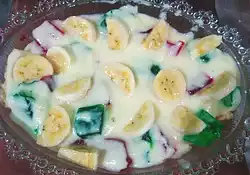
Homemade Kid Friendly Dessert
One of the most delicious desserts. Easy to make and wonderfully sweet. Try this recipe.

Mrs. Lyon's Banana Bread
Mrs. Lyon's Banana Bread recipe

Eggless Banana-Chocolate Bread
Eggless Banana-Chocolate Bread recipe

Banana Chocolate Whole Wheat Bread
This banana bread satisfy your sweet tooth and the chocolate cravings at the same time.

Banana Bread I
Banana Bread I recipe
